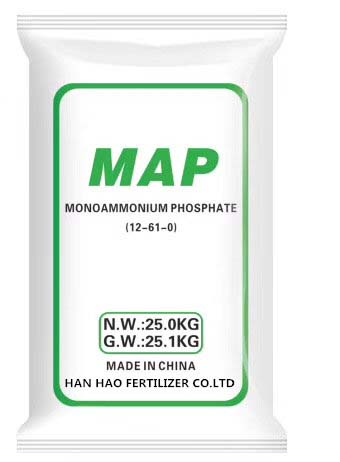
Oct . 22, 2024 07:34 Back to list
Understanding the Benefits of 18-9-9 Fertilizer for Optimal Plant Growth
Understanding 18-9-9 Fertilizer Composition, Benefits, and Application
Fertilizers play a crucial role in modern agriculture, enhancing soil fertility and ensuring the healthy growth of plants. Among the various types of fertilizers available in the market, the 18-9-9 formulation stands out due to its balanced nutrient composition. This article explores the specifics of 18-9-9 fertilizer, including its composition, benefits, and optimal application methods.
What is 18-9-9 Fertilizer?
The numbers in the fertilizer designation 18-9-9 refer to the percentage of the three primary macronutrients nitrogen (N), phosphorus (P), and potassium (K). Specifically, an 18-9-9 fertilizer contains 18% nitrogen, 9% phosphorus, and 9% potassium. This balanced ratio makes it suitable for a variety of crops and soil types, providing essential nutrients for both vegetative growth and root development.
- Nitrogen (18%) Nitrogen is vital for plant growth as it is a key component of chlorophyll, the substance that plants use to photosynthesize. It promotes healthy foliage and vegetative growth, which is particularly important during the early stages of plant development.
- Phosphorus (9%) Phosphorus plays a critical role in energy transfer within the plant and is involved in photosynthesis and respiration. It promotes strong root development and is essential for the flowering and fruiting stages of plants.
- Potassium (9%) Potassium helps plants regulate various physiological processes, such as enzyme activity and water retention. It is crucial for overall plant strength, stress resistance, and stem development, aiding in the establishment of robust plants.
Benefits of 18-9-9 Fertilizer
1. Balanced Nutrient Supply The balanced ratio of nutrients in 18-9-9 fertilizer supports all phases of plant growth, ensuring that plants receive the right amount of nitrogen, phosphorus, and potassium throughout their lifecycle.
2. Versatility This fertilizer can be used for a wide range of crops, including vegetables, fruits, and ornamental plants. Whether in gardening or large-scale farming, 18-9-9 fertilizer accommodates various agricultural needs.
18-9-9 fertilizer manufacturer

3. Controlled Release Many manufacturers produce 18-9-9 fertilizers with a controlled-release mechanism. This ensures that nutrients are delivered gradually over time, minimizing the risk of nutrient leaching and enhancing nutrient uptake by plants.
4. Improvement of Soil Health Regular application of this balanced fertilizer can help improve overall soil health, enhancing its fertility and structure over time. It encourages microbial activity, which is crucial for nutrient cycling within the soil.
Application Methods
Applying 18-9-9 fertilizer effectively is essential for maximizing its benefits. Here are some recommended application methods
1. Soil Application This fertilizer can be incorporated into the soil before planting. It is best to till the fertilizer into the top few inches of soil to ensure even distribution and to prevent nutrient runoff.
2. Top Dressing For established plants, 18-9-9 can be applied as a top dressing. Spreading the fertilizer around the base of the plants and watering well helps the nutrients reach the root zone effectively.
3. Liquid Application Some formulations may be available as liquid fertilizers, allowing for foliar application. This method enables faster nutrient uptake and can be particularly beneficial during critical growth periods.
4. Timing Timing the application of 18-9-9 fertilizers is vital. For many crops, applying fertilizer in the spring as growth begins or before major flowering and fruiting phases maximizes effectiveness.
Conclusion
In conclusion, 18-9-9 fertilizer is a valuable tool for gardeners and farmers looking to enhance plant health and productivity. Its balanced nutrient profile promotes vigorous growth, strong root development, and improved overall plant health. By understanding its composition and application methods, users can make the most of this versatile fertilizer, ensuring lush, healthy crops and vibrant gardens. As with any fertilizer, it's essential to perform soil tests and follow recommended application rates to achieve the best results while maintaining soil health.
-
10 10 10 Fertilizer Organic—Balanced NPK for All Plants
NewsJul.30,2025
-
Premium 10 10 10 Fertilizer Organic for Balanced Plant Growth
NewsJul.29,2025
-
Premium 10 10 10 Fertilizer Organic for Balanced Plant Growth
NewsJul.29,2025
-
Premium 10 10 10 Fertilizer Organic for Balanced Plant Growth
NewsJul.29,2025
-
50 Pound Bags of 13-13-13 Fertilizer for All Plants – Bulk & Organic Options
NewsJul.28,2025
-
High-Efficiency 15-30-15 Granular Fertilizer for Healthy Crops
NewsJul.28,2025
